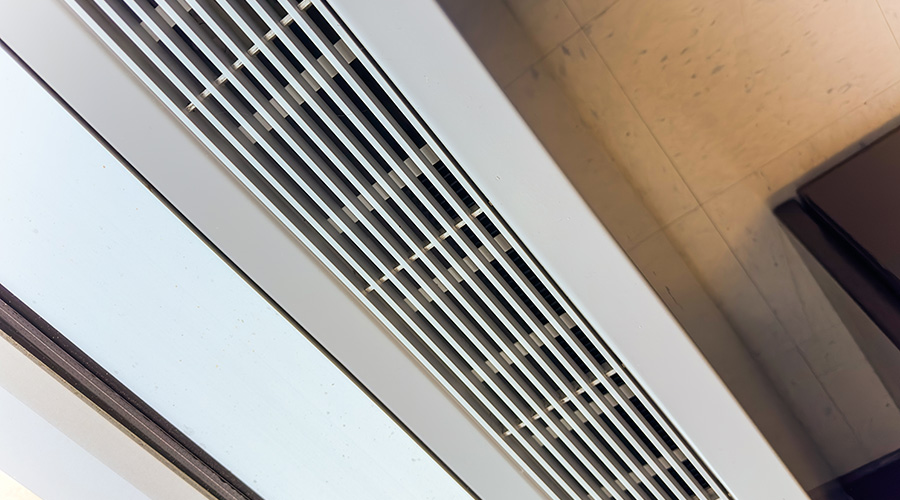New Technology, Training Help Improve Indoor Air Quality
Indoor air quality might seem to be a relatively low priority these days, given the challenges facing institutional and commercial buildings related to energy efficiency, budgets and sustainability. Despite these issues, maintenance and engineering managers still must be aware of the impact of aging — and often leaking — facilities on the indoor environment, as well as the potential harm caused by chemicals and building materials that enter facilities.
By understanding advances in equipment for IAQ testing and monitoring, as well as training for technicians, managers and their staffs will be better prepared to detect, diagnose, and remediate the causes of the most common IAQ problems.
What's New?
The Occupational Safety and Health Administration (OSHA) lists 180 chemicals as highly hazardous, toxic, or reactive, and it has established maximum exposure rates for these materials. Yet more than 80,000 chemicals used legally in the United States have not been fully tested for their potential threat to humans or the environment.
To keep up with customer demands for technology that can detect these and other airborne hazards, manufacturers are constantly refining existing technology and introducing new technology.
For example, IAQ sensors can measure a range of toxic gases that can be present in many facilities, including ozone, ammonia, sulfur dioxide, nitrogen dioxide, nitric oxide, carbon monoxide, carbon dioxide (CO2) , hydrogen sulfide, hydrogen cyanide, hydrogen chloride, oxygen, and chlorine.
Managers can configure IAQ sensors for up to five different gases, in addition to a temperature sensor, into a single probe, and up to four probes can connect to one monitor at the same time. Managers also can choose a probe for a single gas, temperature, and percent relative humidity.
Managers also can connect toxic-gas monitors, meters, detectors and instruments to a tablet device, PC, or desktop computer, log the desired IAQ data, access surveys and enable reporting of test results with advanced software.
Related Topics:














